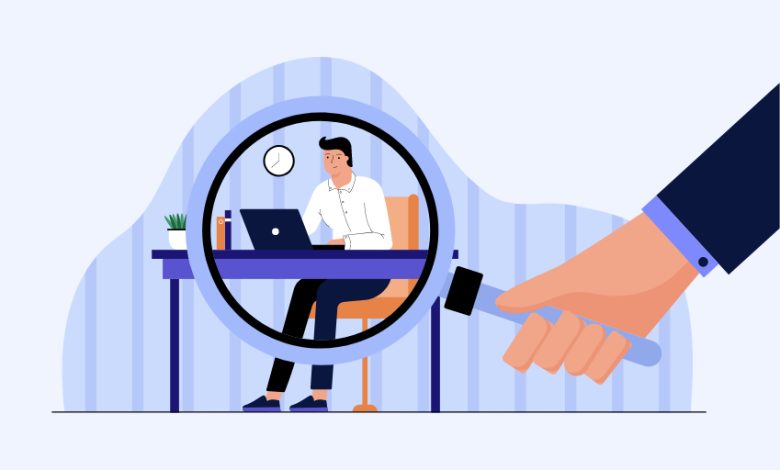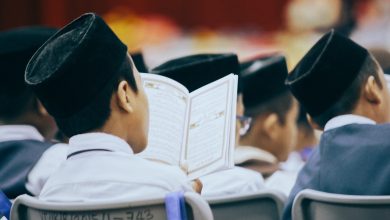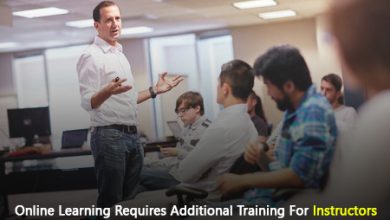How to Use Observational Learning to Learn Effectively

How to Use Observational Learning to Learn Effectively
Reading or experimentation are two ways to learn knowledge and abilities like how to finish a process or execute concrete tasks. Soft talents, however, might not be as simple to teach. Since some actions or skills simply cannot be learned by listening to a lecture about them or reading an e-learning module, vicarious or observational learning is learning via observation.
Let’s say someone approaches, introduces themselves and extends their hand to you. How do you determine what action to do next? The response is the result of observational learning.
What exactly is observational learning then? A learning theory in psychology called observational learning explains how we learn by imitating and observing others.
In this post, we’ll examine what observational learning actually entails and how to include it into your e-learning plan:
Observational learning: What Is It?
Many of the gestures and actions that young toddlers pick up come from observation. Through observational learning, we acquire skills as essential as walking, playing, gestures, facial expressions, and body postures.
Albert Bandura, a psychologist, described the four stages of observational learning in the 1970s.
- Attention: Pay attention and take note of something around you.
- Retention: Keep in mind what was observed (memory).
- Reproduction: To duplicate or imitate what you saw.
- Motivation: Receive positive reinforcement or negative consequences for carrying out the behavior (or not).
The idea of behavior avoidance is included in this kind of learning as well. When observer witnesses another person act in a given manner and suffer a bad outcome, they learn not to act in that way to avoid suffering the same outcome.
Leveling Performance and Learning to Your Advantage
For educators, there are two main aspects of observational learning: learning and performance. Performance refers to the real capacity to repeat the activity, whereas learning refers to the cognitive model that a person creates. Instructors should initially examine their pupils by having them vocally describe the activity in order to determine whether modeling is effective among their students. The more effectively a pupil can describe the steps, the more learning has taken place. Students should then be given the opportunity to repeat the assignment on their own to gauge their level of success.
Although the capacity to repeat a job and explain it has correlations, those correlations are not always exact. There could occasionally be a discrepancy between how well a student has learned a task and how effectively they can execute it.
Get the Right Teacher for You!
Multiple studies have shown that people learn better from those who fit a particular profile that appeals to the learner. This might be a senior executive at your place of employment, a college professor, or a sibling who is older. A good option is somebody who holds a position of authority and is capable of handling the responsibilities that come with it.
Be Very Strict About When and What You Observe
Observational learning occurs whether we want it to or not, so keep that in mind. Make a conscious decision about who and where you are patterning after in order to harness this potent force.
Ask to shadow someone you know who is really productive at work, for instance.
However, bear in mind that when they’re not working, this person may exist in a completely different form, so pay attention to the behavioral patterns you’re absorbing.
Keep An Eye Out For Details
The fundamentals must be mastered in order to continuously improve on more subtle levels and lead to mastery in any aspect of life. It can be challenging for the untrained eye to distinguish what they do differently.
For instance, a smart negotiator knows when and how to disarm the other party during a negotiation. When using observational learning, you could notice subtleties in behavior that the person isn’t even aware they are doing because these abilities can sometimes express themselves naturally.
Make Thorough Notes
Although it might appear that this runs counter to observational learning, it doesn’t. Writing it down greatly aids in helping you commit the newly learned information to memory after you have left the learning setting.
Adapt your knowledge. Unless you have the ideal phrase or are using a direct quote, type your notes in your own words.
Remember that the brain stores memories as images. Use mind maps, mnemonics, or any other tool that can help you review the material you just committed to memory if words aren’t your thing.
Relax your brain
Your mind must be constantly aware of what is going on around you if you want to learn via observation. The brain is better able to learn and form new connections when it is well-rested.
Make a regimen if you don’t already have one, then follow it religiously. So that your mind wakes up rested and prepared to study, try to get seven hours of unbroken sleep each night.
Don’t Just Watch; Act Instead
You must also engage in the activity you are seeing for observational to be effective. Many businesses use a combination of hands-on training and employee shadowing to speed up learning and development.
Keep a Lighthearted Attitude
The belief that seriousness is an important attribute for learning has been ingrained in many of us. However, self-actualizing persons, or those with good mental health, tend to have a more innocent, fun attitude when they are developing, according to research by psychologist Abraham Maslow.
According to research, we may pick up new information 10 times faster when it’s relevant to us.
Keep an open mind, be curious, and be willing to learn.
The Bottom Line
The key lesson here is that learning happens constantly, even when there is no conscious effort to pass along knowledge. Skills can be indirectly reinforced by setting an example for kids in behavior. Children will watch their parents reading at home and become inspired to read independently as a result. That result comes from observational learning since it instills in students the habit of reading. Children will read about various educational topics and skills, nevertheless, if there are reading-friendly instructional resources around.
Even if they were never explicitly taught to them by anyone, students are then free to use their abilities in the classroom. As a result, hidden learning and observable learning may complement one another to help students develop skills that will become apparent in the classroom.




